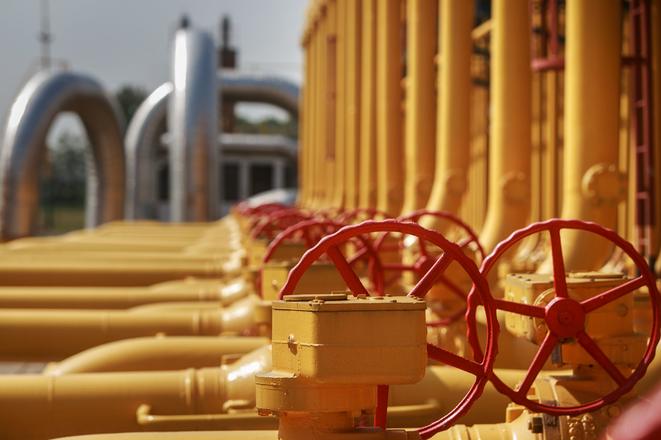Four leading central European gas infrastructure companies have joined forces to develop the Central European Hydrogen Corridor, a hydrogen highway running through central Europe. The focus of the joint initiative is on developing a hydrogen route that transports hydrogen from major hydrogen suppliers in Ukraine to Slovakia and the Czech Republic, which have the potential for large-scale green hydrogen production. The hydrogen produced would then be transported to Germany and the EU.The hydrogen corridor will also enable hydrogen transport between hydrogen production facilities and hydrogen consumers in the Czech Republic and Slovakia.
Participating companies include gas transmission system operators Eustream (Slovakia), Gas (Ukraine), NET4GAS (the Czech Republic) and OGE (Germany).
Slovakia and the Czech Republic operate a large natural gas pipeline corridor connecting Ukraine with high-demand areas in Europe. The Slovak, Czech and German gas pipeline systems can be repurposed to transport hydrogen as Germany is expected to be a major hydrogen hub in Europe. Importing a significant amount of hydrogen is essential to meet the projected demand in this region.
“Our robust transmission system would offer a flexible and very cost-effective way of transporting green energy further to EU markets,” said Rastislav Ňukovič, Eustream’s general director, in the press release. “We are committed to making our infrastructure hydrogen-ready to strongly contribute to the EU’s decarbonisation objectives.”
Pawel Stanczak, the deputy CEO for Development and Transformation of the gas transmission system operators Gas of Ukraine, noted that natural gas will remain a major source of energy and a strong point on the decarbonisation agenda for the next two decades. Hydrogen is likely to play a significant role by the year 2050 when the European economies are expected to reach carbon neutrality.
“Hydrogen is a promising technology at the early stage of economy-wide adoption,” said Stanczak. “Partnership with the neighboring transmission system operators could provide great synergies for green hydrogen development.”
The project organisers believe that the Central European Hydrogen Corridor can be created partially by repurposing existing gas infrastructure, combined with targeted investments in new dedicated hydrogen pipelines and compressor stations. This enables dedicated hydrogen transport over long distances at an affordable cost.
They have already started to explore the technical feasibility of creating a Central European Hydrogen Corridor for the transportation of up to 120 GWh per day of pure hydrogen from Ukraine to Germany by 2030.
Andreas Rau, NET4GAS’s Managing Director, predicts that this international partnership will deliver its first results on the feasibility, capacity and cost of such transportation of hydrogen as soon as next year.
Jörg Bergmann, OGE’s CEO, believes that a transnational hydrogen network is essential for the future European hydrogen market and the Central European Hydrogen Corridor is an important step on the way there. It offers the possibility of delivering substantial amounts of hydrogen to German industrial demand centers by 2030
“One thing, after all, is certain. Without the widespread use of hydrogen alongside renewable energy, we will be unable to reach our climate targets,” said Bergmann.



 Gas transmitter Eustream (source: Sme)
Gas transmitter Eustream (source: Sme)